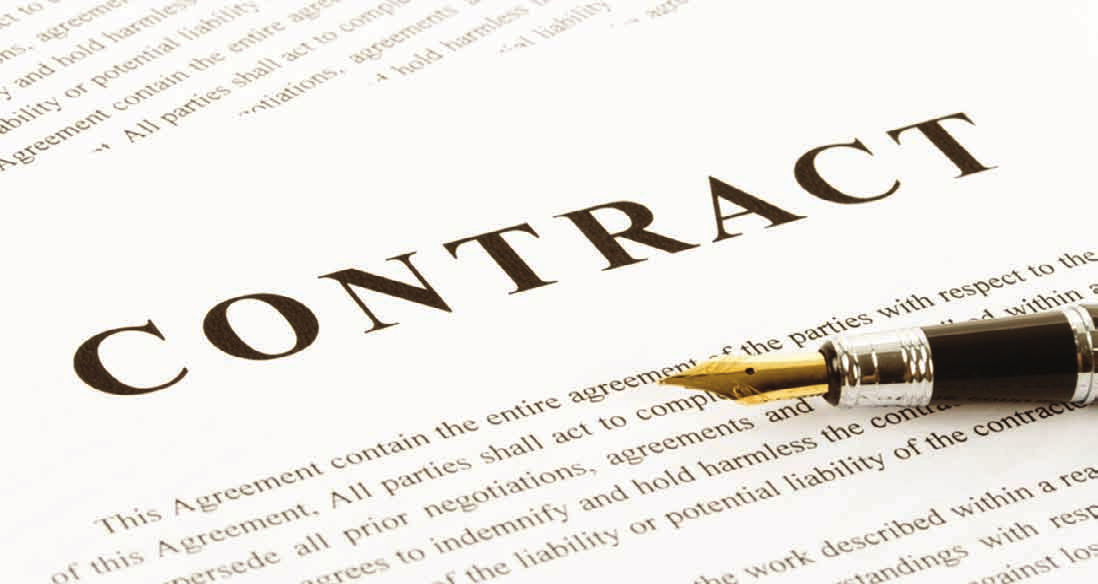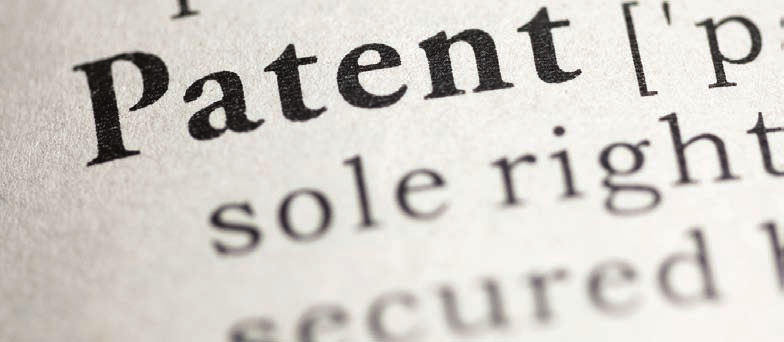
Claiming Copyright in Engineering Drawings Pending Patent Protection
Alarge time lag between filing a patent and its grant is now almost engraved in the patent regime in India. Given the relatively short commercial shelf life of inventions in a world brimming with innovation, most inventions lose their relevance by the time a patent is granted in India. When the inventive step of the invention lies in the mechanical configuration of a device (illustrated by way of engineering drawings forming part of patent specifications), and in which drawings a valid claim for copyright could otherwise be made, this predicament would be, dare I say, even more frustrating.
An innovator may wonder what is the best way to enforce rights in such innovation- in view of the ‘barriers’ to patent grant, could a claim for copyright in the engineering drawings forming part of the specifications be made?
DOCTRINE OF ELECTION – DUAL PROTECTION
A possible argument, which could be made against claiming copyright in the engineering drawings that form part of patent specifications, is the Doctrine of Election or ‘Dual Protection’. It could be argued that although copyright inheres in the engineering drawings, Innovator A has elected to claim patent rights by filing a patent application that incorporates such engineering drawings. However, the very concept of the Doctrine of Election implies the existence of two or more rights, from which an election is made. Given that the fact situation is premised on a pending patent application in which the engineering drawings are contained, patent rights cannot be said to be existing in favour of the innovator. In other words, since no two rights exist in favour of the innovator, the Doctrine of Election cannot preclude the assertion of copyright in the engineering drawings that form part of patent specifications. As a matter of fact, if the recent judgment of the Supreme Court in Dr. Aloys Wobben v. Yogesh Mehra AIR 2014 SC 2210 is appreciated in its true purport, till such time that the innovator’s patent is granted in India, and the time period for post-grant opposition expires, the innovator would not be entitled to enforce rights under the Patents Act.
Another argument that dispels the applicability of the Doctrine of Election to the present fact scenario is that if the patent is eventually rejected, the innovator cannot be estopped from claiming copyright after such rejection, since the Doctrine of Election does not apply if the position ‘elected’ by a person is rejected by a competent authority. If there is no estoppel against claiming copyright after rejection of a patent, then surely there can be no estoppel during the pendency of grant of that patent either. This argument has even more force since the engineering drawings always had protection, as a copyright, as soon as they were conceived by the innovator.
Even otherwise, it is settled law that there can be no estoppel against statute. While Section 2(1)(c) read with Section 14(c)(1)(B) of the Copyright Act gives the owner of an original artistic work the right to convert 2-D artistic work into a 3-D product, Section 2(1)(j) read with Section 48 of the Patents Act gives the proprietor of a patent the right to use, manufacture, etc. the patented product/process. There is no exception under either statute, which precludes the enforcement of one right in view of the other. Hence, the innovator cannot be asked to elect between the rights conferred under the Copyright Act and under the Patents Act. In the absence of any such exclusion the law of estoppel would create a right in favour of the innovator to claim both rights simultaneously.
Comparatively, for example, where the Legislature so deemed fit, it expressly enacted Section 15(2) in the Copyright Act so as to expressly exclude the statutory right conferred under the Designs Act in particular cases.
There is also no inconsistency between the rights under the Copyright Act and under the Patents Act, which could trigger the Doctrine of Election as they operate in different fields. While the Copyright Act confers protection over an original shape that is functional (expression per se of an idea), the Patents Act confers protection over the functionality of the original shape (idea per se).
THE AGE-OLD CATNIC DEFENCE!
The “Catnic Defence”, propounded in the English case of Catnic Components Ltd. v. Hill & Smith Ltd. (1982) RPC 183, has been wrongly considered to be a decision putting to rest this controversy. The Court, in this case, made a passing reference that copyright could not exist in drawings forming part of patent specifications due to the application of the doctrine of election. Worldwide, this observation has been criticised and dismissed as being merely an obiter dicta and not having any force of law. As an example the High Court of Ireland in House of Spring Gardens Ltd. v. Point Blank Ltd. (1984) IR 611 has held that since there is no “election” or limitation of rights either under the Copyright Act or under the Patents Act, no such “election” or limitation of rights can be read into either of these statutes.
SECTION 52(1)(W) – A NEW LEGAL IMPEDIMENT? NOT!
Section 52(1)(w) of the Copyright Act, 1957, as it exists today, was inserted by the Copyright (Amendment) Act, 2012. Prima facie, it is easy to succumb to the conclusion that this Section would thwart any attempt of the innovator to enforce copyright in engineering drawings. Given that utility, functionality and industrial applicability of the inventive device would be the pillars of claiming patent protection, it would be rather ironical for the innovator to argue that its engineering drawings do not reveal “functional parts” of a “useful device” that are incapable of industrial application. The limited judicial precedent on Section 52(1)(w) supports this prima facie view. However, this notion is a bubble waiting to be burst.
To understand Section 52(1)(w) in its true import, one needs to break this provision down. Section 52(1)(w) refers to three aspects, namely (i) an object, (ii) a purely functional part, and (iii) a useful device. Literally, this Section states that to make a purely functional part of a useful device industrially applicable/function, one can create another object for this purpose. In other words, a third party can create another object to be fitted to, or attached with, a purely functional part of a useful device so as to make such purely functional part of a useful device industrially applicable without attracting the vice of infringement.
his Section would permit a third party from creating a new charger/power bank (object) for charging the battery (purely functional part) of a phone (useful device). Section 52(1)(w), however, does not permit a third party from creating the useful device itself or the purely functional part itself. Such reproduction of the ‘useful device’ or ‘purely functional part’ would not be saved by Section 52(1)(w). The above interpretation is based on a bare reading of the Section itself. The above reasoning gains support from the insertion of Section 14(c)(1)(B) in the Copyright Act by the 2012 Amendment Act. It defies logic for the Legislature to give the copyright owner the right to convert a 2-D artistic work into a 3-D product by an Amendment Act, and to take the same right away by the same Amendment Act!
CONCLUSION Coming back to the fact scenario, if a third party infringer were to convert the 2-D drawing of a device or a functional part of such device, into a 3-D product, Section 52(1)(w) would not act as a safe harbour for the infringers illegal acts. Therefore, in totality, there can be no loss of proposition of copyright in the drawings forming part of a published patent and that there is no limitation in Statute or at common law to disregard this proposition.
Recent Posts

Condition Precedent and Condition Subsequent under the Indian Contract Act, 1872
Jan 2019

Conceptual Similarity of Trade Marks: The Indian Position
Nov 2018

Decoding the ‘Myth’ behind the 2-Part Claim Drafting Format in the context of the Koniklijke Philips’ Case
Oct 2018